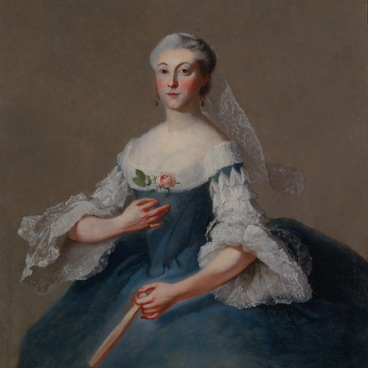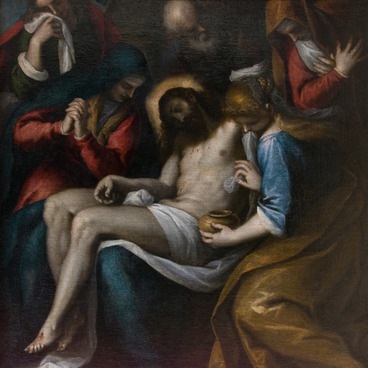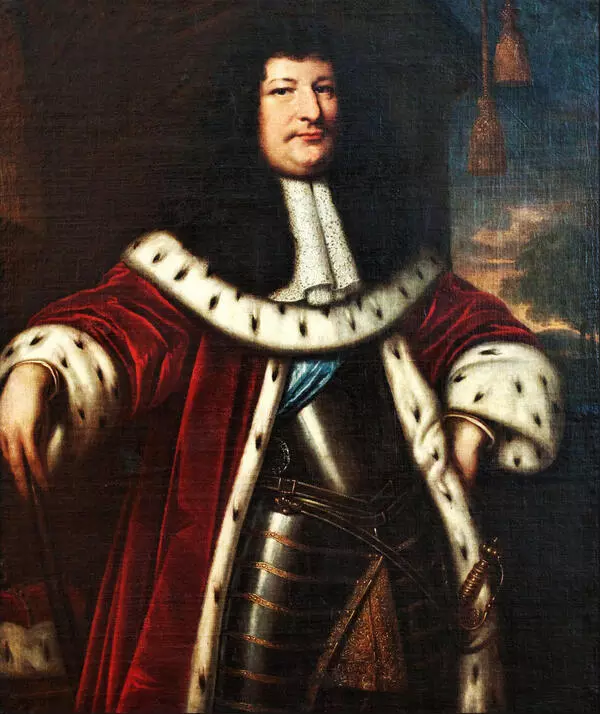The ceremonial Portrait of the Burgomaster of Haarlem from the collection of Tambov Picture Gallery was painted by a 17th century Dutch artist Pieter Nason. The painter introduced new trends in Dutch portrait painting: he pictured his characters as refined and overly affected individuals. Nowadays, Nason’s works are exhibited in galleries and museums in England and Scotland.
Portrait of a Burgomaster
Creation period
1664
Dimensions
87x68,7 cm
Technique
oil on canvas
Collection
Exhibition
3
Open in app#2
#3
Peter Nason was born in Amsterdam. He took painting classes from Jan Anthonisz van Ravesteyn, a Renaissance artist. Nason’s professional activity as a painter started in the Hague in 1639, and he soon made his name as portrait artist. His customers were representatives of Dutch high society and royal courts including Maurice, Prince of Orange, King of England Charles II, Judge Oliver Saint John to name just a few. Later on, Pieter Nason worked in the Netherlands, England and Germany, where he painted portraits of wealthy merchants and aristocrats.
#4
Nason presented a new image of a bourgeois in his works. Instead of simplicity and earthliness, to the forefront came the effeminacy and narcissism of his characters, their refined clothes and courteous manners.
#5
In his ceremonial Portrait of the Burgomaster of Haarlem, the artist pictured a man with a fashionable hairstyle wearing rich attire. Starting from the second half of the 17th century, such an image was popular among representatives of European nobility. The large white collar, known as the millstone collar, was replaced by a lace neck scarf. Draping from the burgomaster’s right shoulder is a fringed sash indicative of his high rank. Excessive mannerism comes out in burgomaster’s characteristic gesture: with his little finger sticking out, he demonstrates his clock case and the key to it.
#6
Prior to the Revolution of 1917, Pieter Nason’s Portrait of the Burgomaster of Haarlem was part of the collection of lawyer and political philosopher Boris Chicherin held in his Karaul estate in the Tambov Governorate. He mentioned it in his book Classes and Traveling with the Heir published in 1929. In Chicherin’s collection catalogue, the work was listed as Portrait of a Man. In 1927, the painting was given to Tambov State Museum of Fine Arts, where it was renamed Portrait of a Young Man. The painting got its current name — Portrait of the Burgomaster of Haarlem — in 1964 after the 4th Exhibition Restoration and Preservation of Works of Art held in Moscow.
#7
Ministry of Culture of the Russian Federation
read morehide
00:00
00:00
1x
Portrait of a Burgomaster
Creation period
1664
Dimensions
87x68,7 cm
Technique
oil on canvas
Collection
Exhibition
3
Open in app
Share




